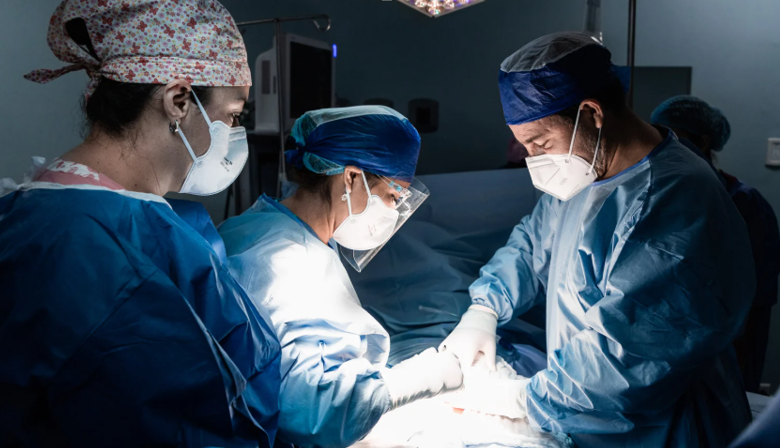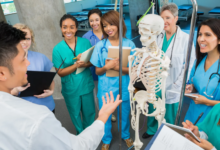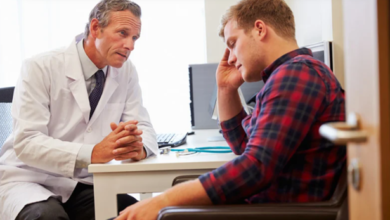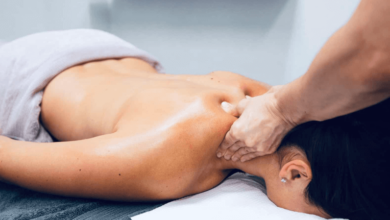Essential Recovery Tips After Laparoscopic Hernia Repair: What to Expect

Recovering from surgery requires patience, commitment, and proper guidance. For individuals undergoing hernia repair in Baltimore, the laparoscopic method offers a minimally invasive approach with quicker healing times compared to traditional procedures. While the recovery period may vary depending on individual health, following professional advice ensures a smooth transition back to normal activities. Knowing what to expect and which practices to adopt can help patients regain strength safely and effectively.
Early Stages of Recovery
Immediately after laparoscopic hernia repair, patients may experience mild discomfort, swelling, or fatigue. These symptoms are common and usually subside with rest and prescribed medication. It is important to follow post-surgical instructions carefully, including dietary guidance and limitations on physical activity.
Doctors often recommend short walks during the initial recovery period. Light movement helps promote circulation, prevents stiffness, and reduces the risk of complications such as blood clots. Rest, however, remains essential, and patients should avoid overexertion in the early stages.
The Role of Exercise in Recovery
Returning to exercise after surgery requires careful consideration. While physical activity supports long-term strength and healing, it must be approached gradually. Understanding how to safely exercise with a hernia or after repair is critical. Surgeons generally advise starting with light stretching or walking before progressing to more strenuous activities.
Lifting heavy objects or engaging in intense workouts too soon can strain the surgical site, delaying recovery or causing complications. Listening to the body and progressing at a steady pace is key to preventing setbacks.
What to Expect in the Weeks After Surgery
Recovery typically improves significantly within the first few weeks. Patients often find that pain diminishes, energy levels return, and mobility increases. Knowing what to expect during and after hernia surgery helps patients plan their recovery timeline more realistically.
Follow-up appointments with the surgeon are vital for tracking progress and ensuring the incision site heals properly. These visits also provide opportunities to address any concerns about lingering discomfort or resuming normal activities.
See also: Telehealth Services for Remote Medical Consultations
Long-Term Recovery and Lifestyle Adjustments
Beyond the immediate healing phase, long-term recovery involves adopting lifestyle habits that reduce the risk of recurrence. Maintaining a healthy weight, practicing safe lifting techniques, and incorporating core-strengthening exercises once cleared by a doctor can all support lasting results.
Patients who take recovery seriously often find they can return to daily routines with renewed energy and without the limitations they experienced before surgery. This balance of caution and gradual reintroduction of activity fosters confidence in maintaining long-term health.
Conclusion
Recovery after laparoscopic hernia repair is a structured process that requires patience, care, and consistent follow-up. By easing into activity, paying attention to safe exercise practices, and following medical advice, patients can heal effectively while minimizing risks. Long-term success depends on a steady balance of rest, movement, and healthy habits. With the right approach, hernia surgery recovery not only restores physical comfort but also enhances overall well-being and quality of life. Over time, patients often notice improved mobility, reduced pain, and the ability to engage in activities they once avoided. When supported with professional guidance, this recovery journey leads to lasting strength and confidence in daily living.







